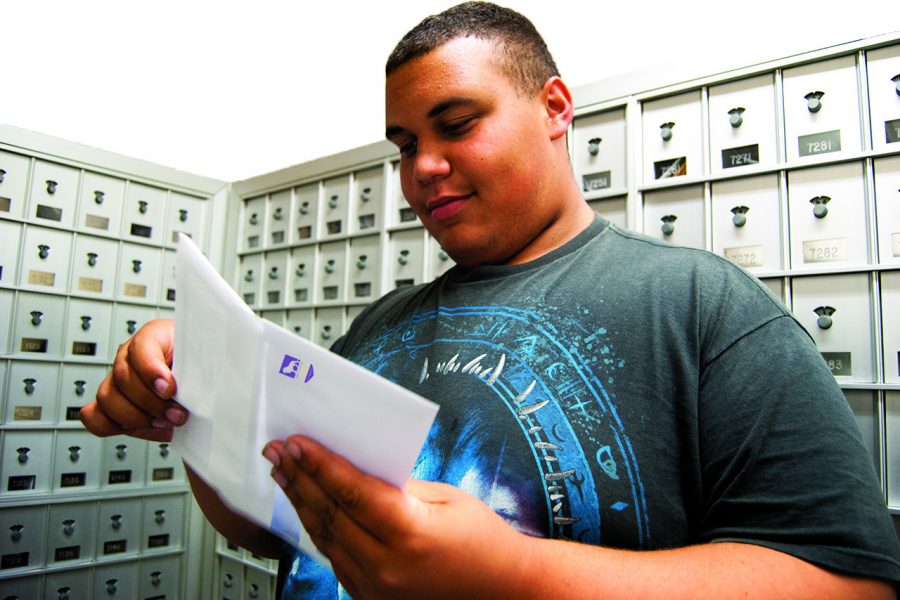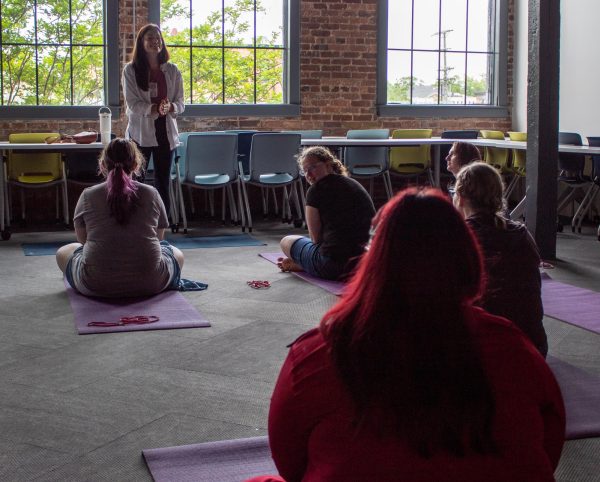Students question refund process
September 5, 2013
Students who receive financial aid were issued their refund checks during the first full week of classes, as the semester finally hit stride. Bills can be paid and textbooks and supplies can be purchased, but several students wonder if the refund process at UNA is the most effective.
For first-time recipients of financial aid there is a waiting period of up to a month before the student can receive the residual check left over from financial aid after covering their tuition. For returning students who have used financial aid in the past, the wait is three to five business days after the semester begins.
“It takes three to four days to do audits and checks, and then we get them out in about five days — sometimes sooner,” said Bursar Aleah Clark
There is a process that goes on within the administration once student loan funds arrive at the university for the students. When students are dropping or adding classes well into the start of the semester, it causes that process to mire, said Controller Donna Tipps.
“There are checks and audits that are applied to the funds because we have to make sure the student is still enrolled for the same amount of hours,” Tipps said.
Some universities across the country utilize the direct deposit method of dispersing student loan refunds to students, but this method is not flawless. Tipps said the use of direct deposit at UNA is being discussed, but it is not necessarily a number one priority right now.
“I guess we’ve talked about the idea for the past couple of years, and talked about the paper-saving and the saving on postage costs,” Tipps said. “But because it is such a fluid process, once that money is put into someone’s bank account, we can’t just yank it back. Whereas if we issued a check, but that person is not in school, we could go get it from the mail room.”
Cost-benefit, in regard to moving to a direct-deposit method, is something Tipps and her colleagues are looking at, she said.
“We (have to) think about how much trouble would there likely be if someone were to get funds they were not entitled to,” Tipps said. “It’s easier to correct any mistakes that are made by issuing the refunds by check as opposed to direct deposit.”
CB&S Bank issues UNA’s checks during the refund process. Officials at the local branch on Pine Street said they had an issue with almost running out of cash during the refund check period last year.
“ In 2012 we had an issue with our cash levels at our local branches, and we ended up having to issue some cashier’s checks,” said CB&S’s Pine Street Branch Manager Anita Whitaker. “But, we solved the cash problem this year and raised our cash limit.”
Whitaker said she loves having students come in, as well as the interaction she and her employees have with them, but moving to a direct-deposit method would probably be wise.
“From a parent’s point of view, I think it would be much smarter to go the direct deposit route,” Whitaker said. “Some kids come in and cash their refund checks and walk out with six or seven thousand dollars and just stick it in their backpack. That can’t be the best thing to do.”
One of the biggest problems that would arise from moving to a direct-deposit method of issuing refunds would be if there was a change in the amount that needed to be refunded to the student and how the university would be able to resolve that issue, Tipps said.
“If we moved to using direct deposit, the way to handle that issue would be to delay actually providing the refunds until we’re through the refund period and there’s no more drop/add,” Tipps said.
Student Matt Bruce said he is indifferent to the method of issuing student loan refunds.
“The way they do it now is fine with me,” Bruce said. “But if they change it over to direct deposit, I would be fine with that, too, probably. Really, if I don’t get to have a say in the decision, I will probably just deal with whatever happens.”
Tipps said if they do decide to make the change over to a direct-deposit method, they want to do it the right way.
“Students don’t necessarily think about the fact that everything is not automatic,” she said. “If a student adds a class or drops a class, then the same amount of aid is not going to be available. But if we’ve already dispersed it then we have to go back and make that correction.”











